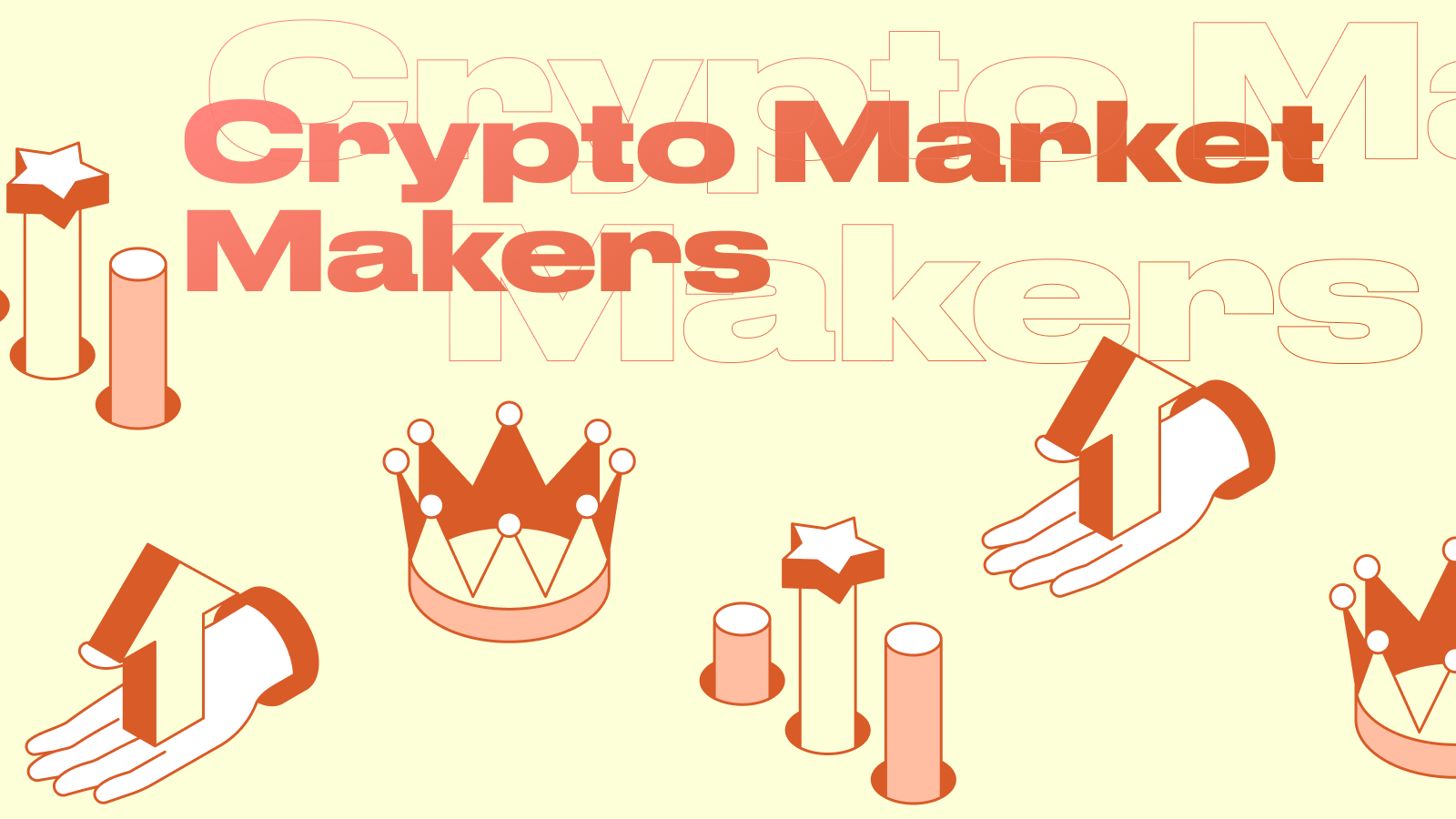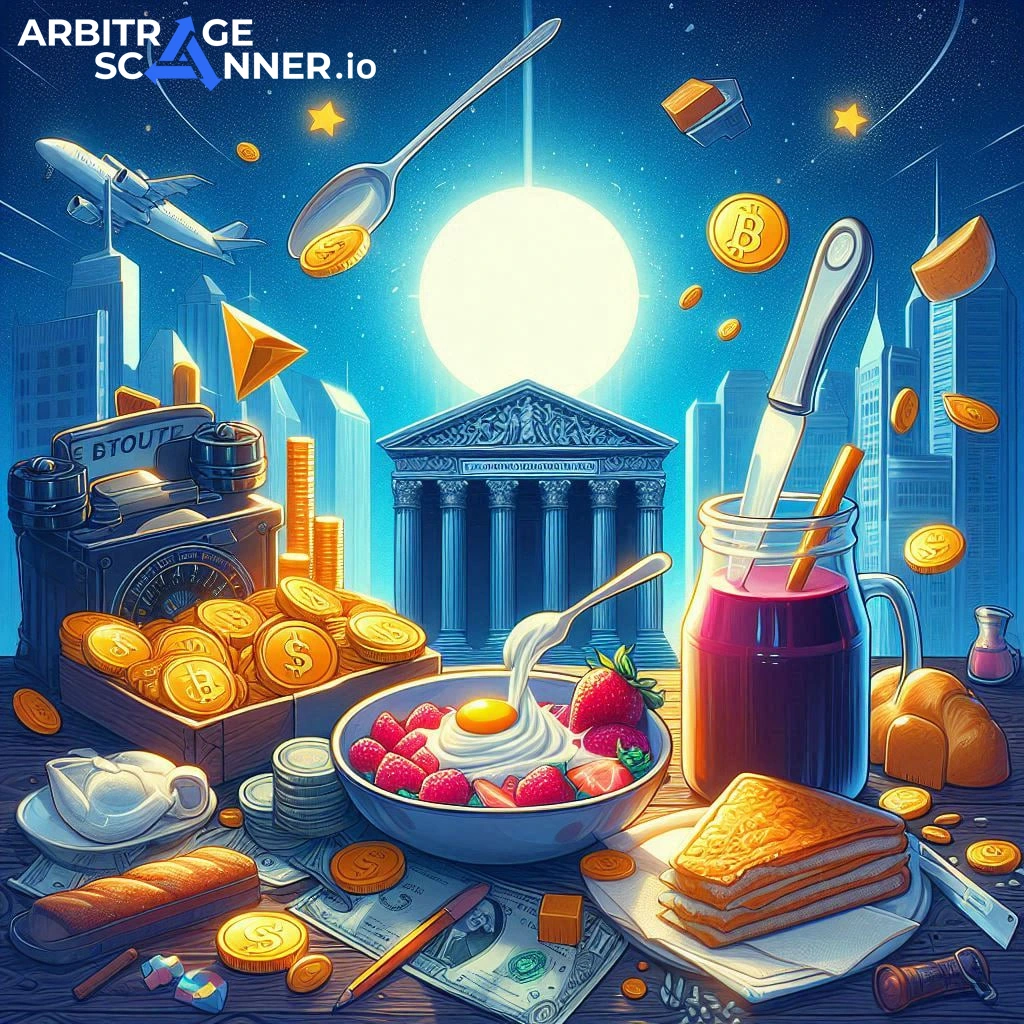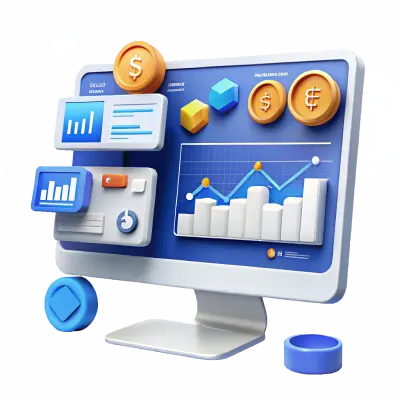Crypto Market Makers: The Hidden Forces Behind Price Movement

Cryptocurrency market makers: the hidden forces behind price movements
Market makers have become one of the key figures in the cryptocurrency market. There is an opinion that they are able to change the prices of assets, but in fact this is certainly not the case. The main and also the main task of market makers is to provide liquidity for any assets.
If an asset traded on the exchange does not need liquidity, then the price and spread will have an adequate level. But if there is no liquidity - at that time the auction together with this asset will stand up, the price will be in the same valuation, and also the spread will increase. What do market makers produce in the trade - we will analyze in this article.

Understanding Market Makers
Market maker is translated from English as “market participant”. It can be a legal entity or an individual. A market maker enters into a contract with exchanges in order to maintain price levels of traded assets. Who are market makers? As a principle, they provide liquidity for the purpose of a certain asset, in other words the best offer of purchase and sale prices for the purpose of market participants.
They often have all chances to act as an intermediary seller or buyer, if there is no one party. For example, you decided to make a transaction in the exchange, to realize or acquire an asset. In the event that the transaction passed in the downloaded moments, you can be convinced - this market-maker has entered the pool as an arbitrator. This is done in order to remove delays and any difficulties during the exchange of assets.
Main responsibilities
-
Providing liquidity on the cryptocurrency market, or rather on some separate platform where they provide their funds, so that transactions are carried out quickly;
-
Maintaining a narrow spread between bid and ask prices. Market makers must constantly monitor orders for a strong difference in price (spread). If this is not done, an arbitrage situation will arise in the market, which speculators can take advantage of;
-
Market-maker smoothes price fluctuations, preventing sharp jumps and falls. To do this, he adjusts the balance of supply and demand. If there is excess demand in the market, the market maker sells some assets from his accounts to meet this demand. If there is excess supply, he, on the contrary, buys.
What does a market maker make money on?
A trader appears on the exchange, he wants to buy 100 ETH, on the other side there is a seller who sells 90 ETH. The market maker has the task to add 10 missing ETH to the seller. After that, he sets a price for the buyer, for example $200, and for the seller, for example $199. As a result, the buyer will buy 100 ETH for $20,000 and the seller will earn $17,910 for 90 ETH. The market maker's profit would be $2,000 for providing 10 ETH and a $10 spread for providing liquidity.
This way a market maker can make many trades per day and have a good income. Of course, in order to do this all the time, the liquidity provider must have a stock of assets to support the level between supply and demand. By such actions market makers ensure efficiency in the financial market and maintain adequate asset prices.
This example may give the false impression that a market maker always earns a lot and steadily, you just need to have a good capital. But this is certainly not the case. The cryptocurrency market is extremely volatile. So, during high volatility of the market, the liquidity provider will be able to incur significant losses in his capital. Let's take an example.
A person appears on the market again, he decides to buy 100 ETH, and on the other side there is a seller who puts up 10,000 ETH for sale. When the transaction takes place, the remaining 9,900 ETH must be bought by the market maker. And as it is easy to guess, he will not be able to get the whole amount back.
In this regard, many liquidity providers leave the market during strong volatility. This is again due to the fact that they can suffer serious losses of personal capital. Therefore, if you are unable to close a position due to lack of liquidity, it can mean one thing - the market maker has left the market.
If you want to check whether a market maker is involved in trading, you can look at the spread and the price of the asset. In the case when the spread is narrow and the asset price is in a sideways trend, we can conclude that the liquidity provider is in place. If the spread is wide and the asset prices are extremely volatile, the market-makers are out of trading.
At the same time, the exchange situation is analyzed not in the horizontal variant, which is customary for a trader, but in the vertical one. Liquidity providers also have access to the order book, where they can see the purchases and sales of assets, as well as the list of pending orders, take profit and stop losses. This gives them the advantage of understanding market sentiment correctly, as well as fulfilling their obligations to deliver liquidity and narrow spreads.

Mechanics of market makers' work
Market makers on the cryptocurrency market are much more in demand than on the traditional market and here's why. If we talk about cryptocurrencies from the top 20 list - their liquidity is sufficiently provided to buy or sell a coin almost instantly. However, there are thousands of cryptocurrencies in 2025 and not all of them are liquid.
Let's look at an example where a market maker's services are resorted to:
A startup is about to conduct an IEO (Initial Exchange Offer). The exchange reviews the token and lists it. After a week, month, six months, the amount of investment in the token is minimal. This happens for two reasons:
-
A knowledgeable trader, when investing in a new coin, will rely on the order book. Since the token is new, even if it is promising, but there are no records of sale and purchase, so the trader will refuse to invest;
-
A major player in the current market has learned about the listing of the new token and its future prospects. A decision is made to open a large, long-term position, but there is no liquidity, i.e. if the position is opened, it will be time-consuming.
To avoid such developments, the crypto market must resort to the services of market makers. Liquidity providers may well buy back the token and artificially “fill” the order book. In fact, it will be a tweaked liquidity indicator and will be suitable only for speculative purposes. But 90% of crypto traders came to this market because of its high volatility, that is, to earn on price jumps.
Therefore, cryptocurrencies need the services of market makers for the systematic formation of the market and attracting new, professional traders.
Categories of market makers
Individual traders
These are experienced traders who use their own capital and strategies to participate in market processes. They are less common among market makers, especially in large cryptocurrencies. The reason: their capital may not be enough to provide the necessary liquidity for the marketplace.
However, they can cooperate in groups, to provide the necessary amount of funds, as well as consider projects with lower capitalization.
Institutional players
These are experienced traders who use their own capital and strategies to participate in market processes. They can include hedge and investment funds, insurance companies, and NPFs (Non-State Pension Funds). According to the examples of companies it becomes clear that they have plenty of funds, which can be used to provide liquidity for some platforms.
Trading firms
Specialized companies engaged in market-making on a professional level. For example: Jane Street, Virtu Financial, Citadel Securities. The plus side of such companies is that they specialize in providing liquidity, so there will be no problems with the workflow. In return, they will ask for a more generous fee than the other market makers presented.
Exchange Market Makers
Exchanges build their market maker teams to ensure the competitiveness of the venue. In 2025, the top platforms confirm their financial reserves. It is these funds that are used to provide liquidity on their own platforms, because most of the time they are just sitting on the cold wallets of exchanges.
Algorithmic traders
Algorithmic traders market makers use complex algorithms to automatically execute trades in the financial markets. Their main objective is to provide liquidity, minimize risk and make profits by maintaining balanced positions. Most of these market makers use high frequency trading (HFT), to execute trades quickly and align prices quickly.
What are the benefits for exchanges from a market maker?
What advantages do cryptocurrency exchanges get from cooperation with market makers?

-
Increased liquidity. This is especially true for new exchanges that do not yet have enough users to support supply and demand, and do not have their own reserves to do so. The user of the site will not want to stay on it if their orders are not executed;
-
Price stability. It is clear that the cryptocurrency market is volatile and unstable price behavior of digital assets is normal, but if at the moment of market excitement cryptocurrency will not have a market maker, the price of buying and selling can differ by tens of percent;
-
Impact on trading volume. The more orders in the order book, the more new users will enter the exchange;
-
Market Efficiency. Market makers help to establish the fair market value of assets. Fair price means the average market price, because with the lack of people willing to trade cryptocurrency, an arbitrage situation (spread) may arise.
What strategies are used by market makers
-
Often, market makers use ATC and HTF trading. In order to use these systems, you will need excellent programming skills. You will also need to know the economic component of the market: it is necessary in order to correctly assess the work and risk;
-
Sell-Side is an automatic trading system that constantly maintains the optimal price and makes profit from the spread;
-
HTF-trading is a type of algorithmic trading. The key difference is high speed and capital turnover. To be an HTF-trader, specialized robots and powerful PCs are needed, as the task of this kind of trading is to make a large number of transactions in a short period of time.
Myths about market makers
On the Internet you can find whole articles with myths that concern market makers. Let's analyze some of them.
A market-maker can influence market quotes
This is partially true. As we remember, one of the tasks of a market maker is to create a market mood and provoke participants to open orders in the right direction. A market maker cannot directly influence the price for two reasons.
-
Exchanges closely monitor every action of their market-makers and if they notice a deliberate influence on the price of an asset, the consequences will not be long in coming;
-
No one will pat your head for such activity, because it is trade manipulation. In other words, you will have to deal with state regulators, and they, in turn, may leave the market-maker without a license.
Market makers cooperate with each other
I would like to remind you that all market makers are competitors. And who in their right mind would disclose their plans to a competitor? Besides, it is illegal and again, the license to operate may be revoked.
Most deals on the floor are initiated by market-makers
Not quite a clear statement. The main earnings of a market-maker are spreads. How should a liquidity provider earn in this case, if all the trades on the floor belong to him?
FAQ
How do market makers profit from cryptocurrency trading?
They make money on the spread between the buy and sell price and may also be compensated by exchanges for providing liquidity.
What is the difference between market makers and regular traders?
Regular traders are focused on profiting from price fluctuations, while market makers focus on providing liquidity and market stability.
How do exchanges select market makers?
Exchanges select participants with a solid reputation, experience and the necessary capital to provide liquidity.
What role do market makers play in price discovery?
They influence price through order management and liquidity management, contributing to fair market value.
Want to learn more about crypto arbitrage?
Get a subscription and access the best tool on the market for arbitrage on Spot, Futures, CEX, and DEX exchanges.




